The business world today is data-driven, and Python stands out as one of the most versatile tools for organizations seeking effective data collection methods and robust analytics. It has an extensive library of packages and user-friendly syntax that enables businesses to streamline their data collection methods and generate actionable insights across various industries. It is also open-source software with several opportunities to customize it to your needs.
Is Payton the right software for your data analytics? How does its functionality compare in continuous vs discrete data? Let’s review its core functionality, data transfer capabilities, reporting features, customer support, pricing, and more to evaluate if Python meets your data needs.
Python Functionality
Python has broad functionality that covers data pulling, cleaning, visualization, and analytics. It also works with different forms of media. Here’s a breakdown of its core capabilities:
- Data Manipulation and Cleaning: It has libraries like Pandas and Numpy that simplify data organization and preparation in readiness for analysis.
- Data Visualization: You can use tools like Matplotlib, Seaborn, and Plotly for the easy creation of graphs and charts from different types of media.
- Machine Learning and AI: With libraries such as Scikit-Learn and TensorFlow, Python makes advanced analytics accessible.
- Web Scraping: BeautifulSoup and Scrapy help automate data collection from websites.
- Statistical Analysis: Python’s SciPy library allows for in-depth statistical analysis, which is perfect for understanding trends and insights.
Python Data Transfer
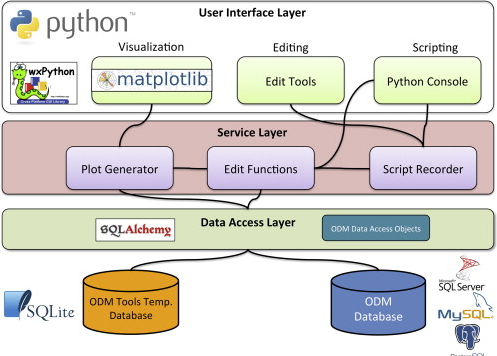
Python’s data transfer capabilities are comprehensive and flexible. So, you can integrate it with numerous data sources like your social media handle, marketing automation software, or in-house CRM. You can connect Python to databases like MySQL and MongoDB. It also allows you to pull in data through APIs. Additionally, tools like SQLAlchemy allow you to manage relational databases seamlessly. These three options allow you to extract data from virtually any source, including your marketing software, cloud-based databases, or in-house software. There is no difference between discrete and continuous data transfer on this software.
For more advanced users, Python’s integration with cloud services like AWS or Google Cloud enables streamlined, large-scale data collection across platforms. It uses a simple code to connect to any source. You can always create new codes for each of the data sources you have.
Python Reporting
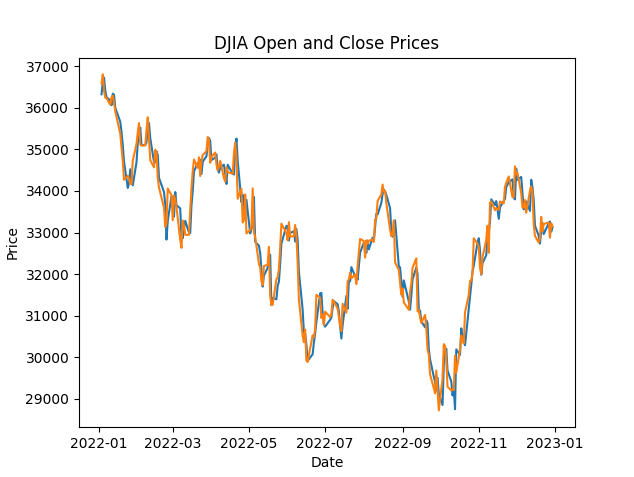
Python works with a few libraries to simplify reporting and makes it easy to customize. Its Pandas library allows you to quickly organize, summarize, and analyze large datasets.
On the other hand, Jupyter Notebooks offers an interactive workspace where you can build, document, and share reports, which is especially helpful for team collaboration. When it comes to visual reporting, libraries like Matplotlib and Seaborn help you create charts and graphs to make trends easy to understand.
If you are looking for professional outputs, Python’s ReportLab library even enables direct PDF exports. With Python, you can create everything from simple summaries to advanced, detailed search engine ranking reports depending on your needs.
Python Customer Support
Python’s open-source nature means that direct customer support isn’t available as with traditional software. However, Python has one of the largest developer communities globally, which provides users with an invaluable resource for troubleshooting and best practices. Here’s how you can access support:
- Online Forums: Stack Overflow, Reddit, and other forums offer instant answers to most questions.
- Documentation: Python’s official documentation is well-maintained and user-friendly. You can always go through it for knowledge on specific aspects of the software.
- Tutorial Sites and Blogs: Websites like Real Python and Towards Data Science provide tutorials on specific Python functions.
Gauging by the engagement and feedback from users of Python, these forums and other support options are effective.
User 1 on G2

Python Price Breakdown
Python has a highly appealing pricing model—it’s completely free to use. Therefore, it is accessible to businesses of all sizes. Although some advanced libraries or cloud integrations may have costs, Python itself requires no subscription. This makes it a cost-effective option for data analytics.
Python Free Trial
Since Python is open-source, it doesn’t have a traditional free trial. However, you can begin using it immediately for your continuous and discrete data without any restrictions. This free access provides ample opportunity to explore its vast features, from data collection to machine learning. You simply visit the official page and download the latest build to start using it. You will get options for the non-Windows operating systems as well as earlier versions of the software. It is ready to be used as soon as you are done installing it on your computer.
Python Price Packages
Python itself is entirely free and open-source. So, it is accessible to businesses and developers of all sizes. This affordability extends to many core libraries, such as Pandas for data manipulation, Matplotlib, and Seaborn for visualization, and SciPy for scientific calculations. These free libraries provide powerful functionality without additional costs, which makes Python an excellent choice for budget-conscious users or those starting with basic analytics tasks.
For more specialized tasks, there are paid libraries and integrations. For example, Plotly offers an advanced visualization library with a free version, but businesses needing higher-end features, such as live data updates and embedded charts, may consider Plotly’s paid packages. Machine learning libraries, like TensorFlow, offer free, open-source versions. However, if you seek premium features and dedicated support, you can opt for Google’s TensorFlow Enterprise service.
Python also supports a wide range of integrations, both free and paid. Free integrations with databases like MySQL or PostgreSQL are commonly used for storing and retrieving data. However, advanced users may integrate with cloud services like Amazon Web Services (AWS) or Google Cloud Platform (GCP), where data storage and processing costs apply. This mix of free tools and optional premium add-ons makes Python adaptable to various budgets and project needs.
Python Customer Reviews
User 1 on G2

We agree with this user that Python is very versatile. It offers tools to manage your data and manipulate it with ease. There are opportunities to create dataflows from any data collection form.
User 2 on G2

The user says that Python is simple and has vast libraries, a fact that we can attest to. However, he also notes that the software is slow compared to other programming languages. In our comparison of discrete vs continuous data, we found it tasking to analyze the latter with speed.
Python Pros and Cons
| Pros | Cons |
| Robust Data Visualization Libraries: Python offers powerful free libraries like Matplotlib and Seaborn for creating detailed visualizations. | Limited Native Dashboarding: Python lacks built-in tools for creating interactive dashboards, often requiring additional tools like Dash or Tableau. |
| Seamless Data Integration: Python easily connects with databases (e.g., MySQL, PostgreSQL) and big data platforms, providing strong support for data storage and retrieval. | Memory-Intensive for Large Data: Handling very large datasets can be memory-heavy, which may slow down performance without optimization. |
| Advanced Analytics Capabilities: Libraries like Pandas, Scikit-Learn, and TensorFlow make it easy to perform complex analytics and machine learning. | Slower for Real-Time Analytics: Python’s processing speed may not be ideal for real-time analytics, especially with large volumes of data. |
| Wide Range of Paid and Free Integrations: You can leverage both free libraries and premium integrations (e.g., Plotly Enterprise, AWS) for scalable solutions. | Dependency Management: Managing various libraries and dependencies can become complex, especially for large projects needing different versions. |
Verdict
You can use Python for data collection methods, data visualization, and advanced analytics. It has an extensive library ecosystem that includes tools like Pandas, Matplotlib, and Scikit-Learn. They make it ideal for beginners and seasoned analysts looking to explore complex data collection and analysis. Our comparison of continuous vs discrete data manipulation produced similar positive results. Python’s flexibility, paired with its free, open-source nature, makes it accessible to businesses of all sizes, while paid integrations offer scalability options for more demanding projects.
You can always integrate it with many cloud-based data management software options. Although it may not perform optimally for real-time processing or large datasets, Python’s community support and customization options make it a top choice in marketing analytics tools and data-driven projects.


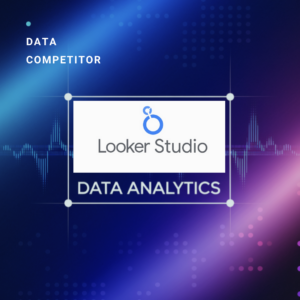
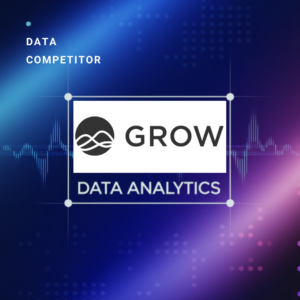
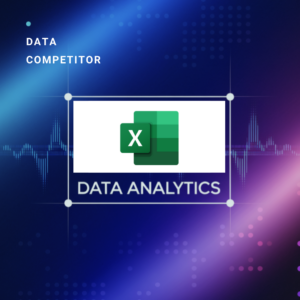
Leave a Reply